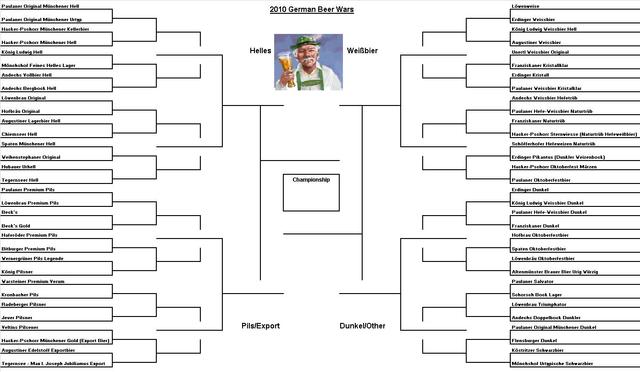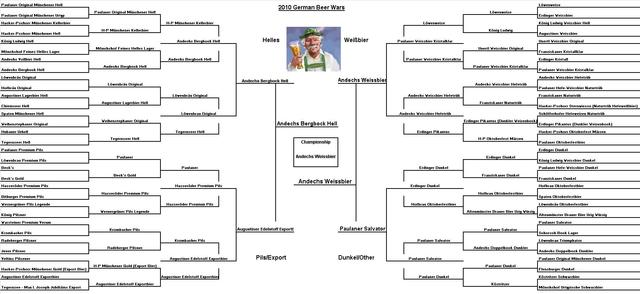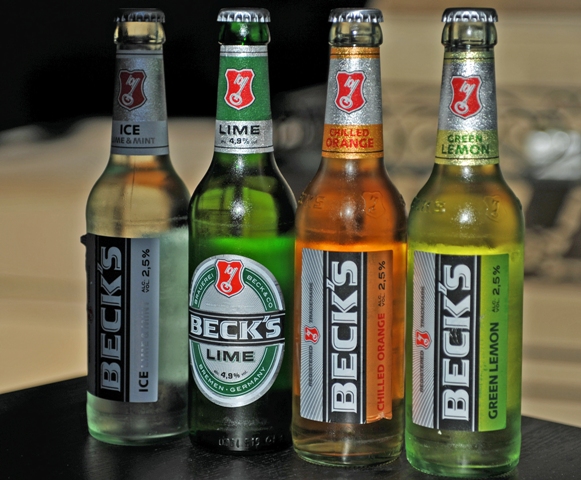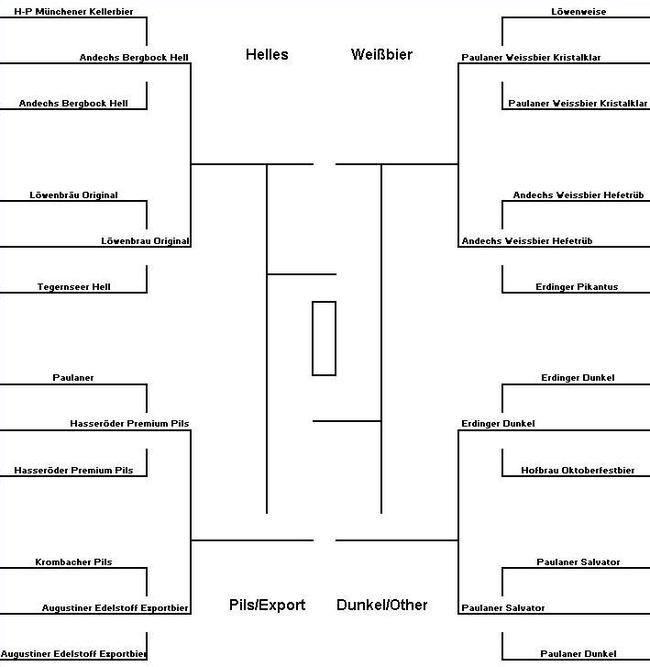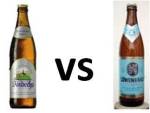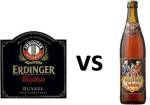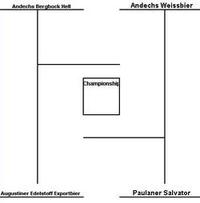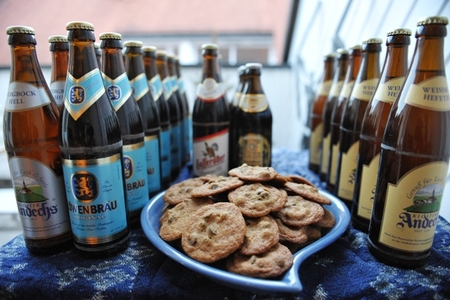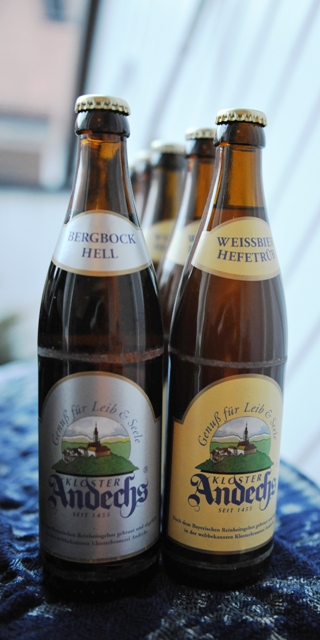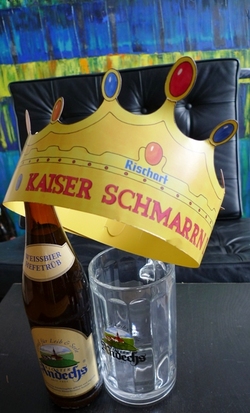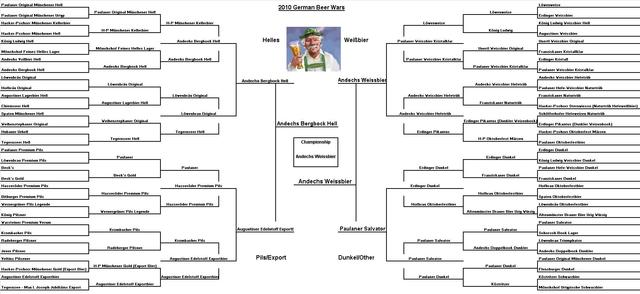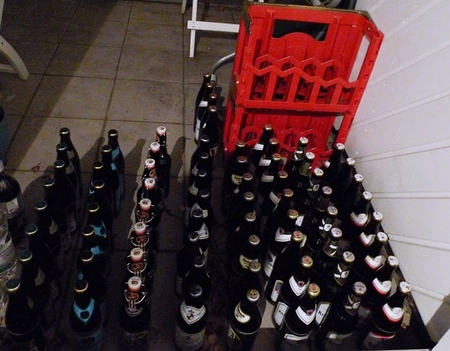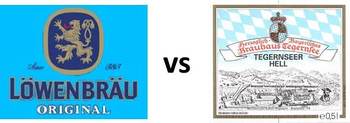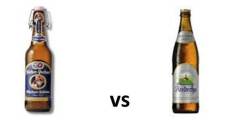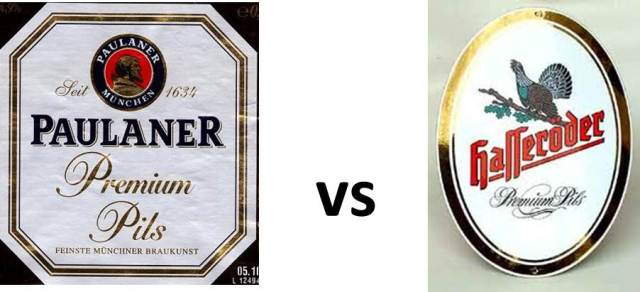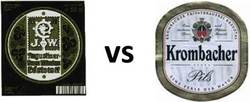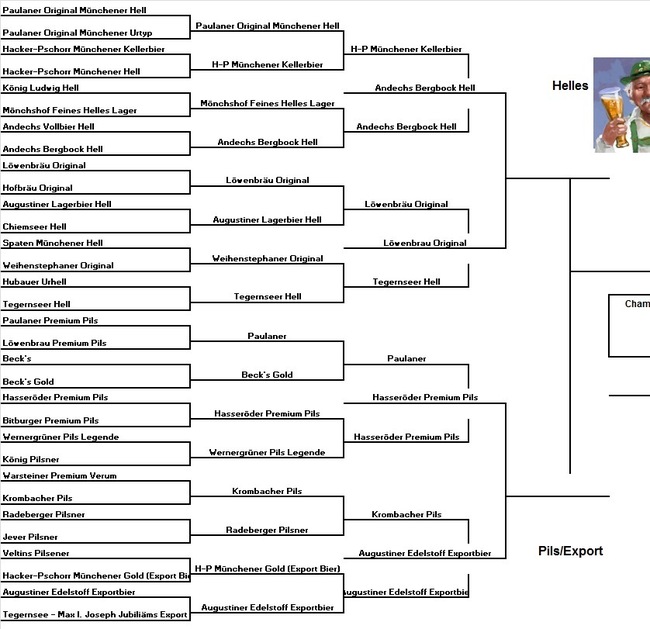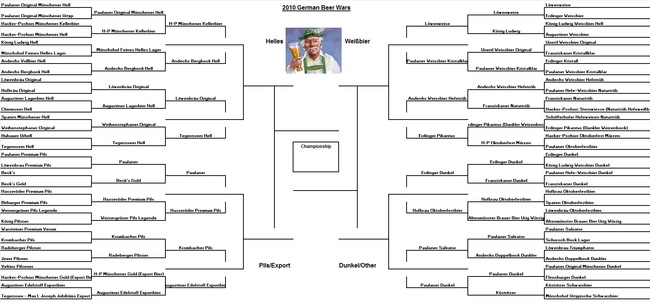The Ultimate NCAA Tournament Bracket of German Beers
 Sunday, November 6, 2011 at 7:00
Sunday, November 6, 2011 at 7:00 About one year ago, to launch the Schnitzelbahn blog, we took 64 German beers (available in Munich, our home) and arranged them into a bracket like the NCAA Basketball Tournament. The "regions" were loosely defined as:
16 helles
16 weissbier (although the "selection committee" had to send a few Oktoberfest beers here)
16 pilsner
16 dunkel & other styles
The starting bracket looked like this (click for larger version):
Some beers were from large firms and are available all over Germany (and beyond). Others were local.
Some beers were expensive, but one Munich helles costs just € 0.39 a bottle - much cheaper than water!
For a little background, we wrote posts to introduce some of the styles and specific beers in the bracket:
- This was the very first post to kick things off
- Here we explain the differences between a Munich helles (a lager) and weissbier (an ale)
- In this post and this post we match beers with well-known universities/teams in NCAA basketball
So, with our faithful friends, we would test four beers per evening. Each of the two pairs was tasted blindly.
The two winners were then pitted against each other -- basically Round 1 and Round 2 run back-to-back.
(In this case, "winner" simply meant "the beer I liked the best" - a subjective voting, but good enough.)
And yes, this tournament also had strong favorites, underdogs, and upsets along the way.
You can relive the action in our posts below:
Rounds 1 and 2
Helles Region Weissbier Region
Day 2 (featuring Paulaner and Hacker-Pschorr) Day 2 ("kristall" weissbiers)
Day 3 (featuring Andechs monastery beers) Day 3 ("naturtrub" style beers)
Day 4 Day 4 (weissbier vs. Oktoberfest)
Pilsner Region Dunkel / other Region
Day 2 (the "Power Pils") Day 2
Day 3 (featuring "export"-style beers) Day 3 (featuring the higher-alcohol "starkbiers")
Day 4 Day 4 (also includes Oktoberfest style beers)
Sweet Sixteen round
Weissbier and Dunkel/other regions
The Elite Eight, Final Four, and the Final
This is what the final bracket looked like (again, click for full size version):
We had a blast doing this "beer tournament" and hope you enjoyed reading about it.
For more interesting posts about Germany & beer, click our Navigation categories on this page's top/right side.
Thanks for visiting!
 Herr J ...
Herr J ...  Post a Comment
Post a Comment 



